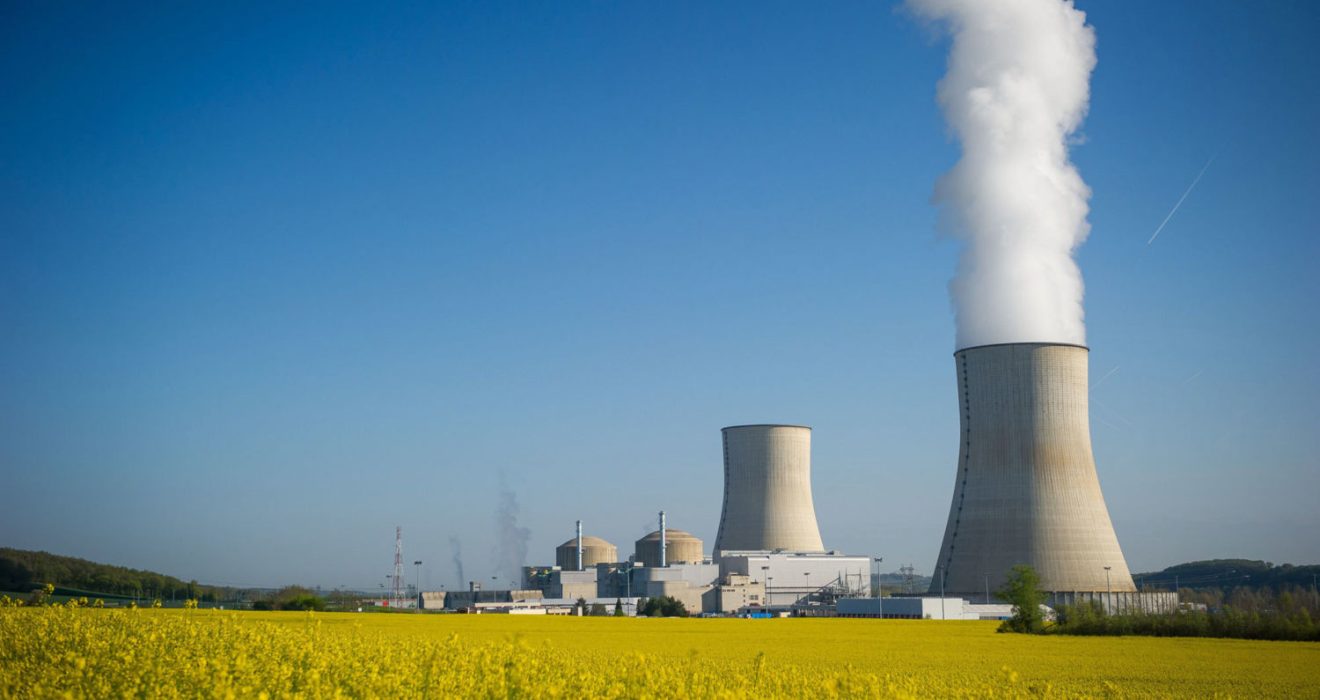The quest for carbon-free hydrogen as a pivotal decarbonization strategy has garnered considerable traction among policymakers, prompting Congress to institute tax incentives to encourage its adoption. Nevertheless, the current draft regulations put forth by the Internal Revenue Service (IRS) pose formidable obstacles to leveraging nuclear energy, which is widely acknowledged as a leading contender for zero-carbon hydrogen production. Despite the recognition of nuclear power’s potential in facilitating this transition, the regulatory framework proposed by the IRS introduces complexities that may impede its effective utilization. This discrepancy between policy intent and regulatory implementation underscores a pressing need for coherence in advancing carbon-free hydrogen initiatives. As stakeholders navigate this regulatory landscape, reconciling the imperative for sustainable energy solutions with practical regulatory constraints becomes paramount to realizing the full potential of nuclear energy in decarbonization efforts.
Advantages of Nuclear Energy for Hydrogen Production
Nuclear energy presents significant advantages over conventional methods like methane reforming in the realm of hydrogen production. Unlike methane reforming, which results in carbon dioxide emissions, nuclear reactors facilitate a clean production process by splitting water molecules to yield hydrogen. This method necessitates energy input, a requirement efficiently met by nuclear reactors, predominantly through the generation of high-temperature steam. By harnessing nuclear energy, hydrogen production can be achieved without contributing to greenhouse gas emissions, thus representing a sustainable and environmentally friendly approach to meeting the growing demand for clean energy sources. Furthermore, the reliability and scalability of nuclear power make it a viable long-term solution for large-scale hydrogen production, positioning it as a crucial component in the transition towards a low-carbon future.
Policy Support and Challenges
The Infrastructure Investment and Jobs Act, enacted under President Biden’s administration, demonstrates a recognition of nuclear energy’s potential contribution to hydrogen production by earmarking resources for research hubs integrating nuclear energy. This legislative support underscores the importance of nuclear technology in advancing carbon-free hydrogen initiatives and aligns with broader decarbonization goals. However, despite this policy endorsement, the proposed regulations from the Internal Revenue Service (IRS) present significant challenges, notably concerning timing and incrementality. These regulatory hurdles may impede the effective utilization of nuclear energy in hydrogen production, potentially hindering the realization of the Act’s objectives. Addressing these challenges and ensuring regulatory coherence is essential to fully capitalize on the potential of nuclear energy and expedite progress towards achieving carbon neutrality and sustainable energy goals.
Timing and Incrementality Requirements
The IRS regulations introduce rigorous stipulations concerning the timing and origin of energy utilized in hydrogen production. Specifically, energy sources must be newly implemented or have undergone recent uprates in existing reactors, occurring within a 36-month window prior to the commencement of hydrogen production. This stringent timeframe poses a significant challenge for established reactors, as their prior uprate activities may not satisfy the regulatory criteria. Consequently, existing infrastructure may face obstacles in meeting the regulatory standards, potentially impeding their eligibility for participation in hydrogen production initiatives. The juxtaposition of these regulatory requirements against the operational realities of existing reactors underscores the complexities inherent in aligning policy objectives with practical implementation strategies. Addressing these challenges will be critical in fostering regulatory frameworks that facilitate the integration of nuclear energy into hydrogen production while ensuring regulatory compliance and effectiveness.
Future Prospects and Alternative Approaches
Looking ahead, the prospects for meeting regulatory requirements for hydrogen production through the utilization of new reactors appear promising. However, practical challenges, particularly concerning advanced reactor designs like X-energy’s gas-graphite project and the Natrium molten salt reactor, need to be addressed. These innovative designs, while offering potential advantages, may present unique operational complexities and technological hurdles that require careful consideration.
To overcome obstacles faced by existing reactors in meeting regulatory standards, alternative approaches should be explored. One such approach involves crediting past uprates, acknowledging the enhancements made to reactor capabilities in the past that contribute to increased efficiency and productivity. Additionally, recognizing the benefits of avoided retirements, where reactor decommissioning is postponed due to continued relevance and effectiveness, could provide further incentives for existing facilities to participate in hydrogen production initiatives.
Moreover, considering higher capacity factors, which reflect the percentage of time reactors operate at full capacity over a given period, could offer an alternative pathway for demonstrating incremental energy contributions. By incentivizing reactors to operate more efficiently and for longer durations, higher capacity factors could enhance the economic viability and regulatory compliance of existing facilities.
Exploring these alternative approaches is essential in ensuring the inclusivity of existing nuclear infrastructure in hydrogen production endeavors. By fostering flexibility and innovation within regulatory frameworks, policymakers can effectively leverage nuclear energy’s potential contribution to decarbonization efforts while addressing the practical challenges associated with regulatory compliance.
Importance of Nuclear in Hydrogen Production
Despite regulatory uncertainties, nuclear energy remains crucial in the pursuit of carbon-free hydrogen. Experimentation with various technologies is necessary to determine commercial viability, especially in sectors like steel manufacturing, petrochemicals, and motor fuels. It is imperative to include nuclear energy as a viable option in this pursuit.
Conclusion
The deadline for public comment on the IRS’s draft regulations underscores the urgency of addressing the challenges hindering the integration of nuclear energy into hydrogen production. By fostering an environment conducive to innovation and regulatory flexibility, policymakers can ensure that nuclear energy plays a significant role in realizing the potential of carbon-free hydrogen as a crucial tool in decarbonization efforts.

